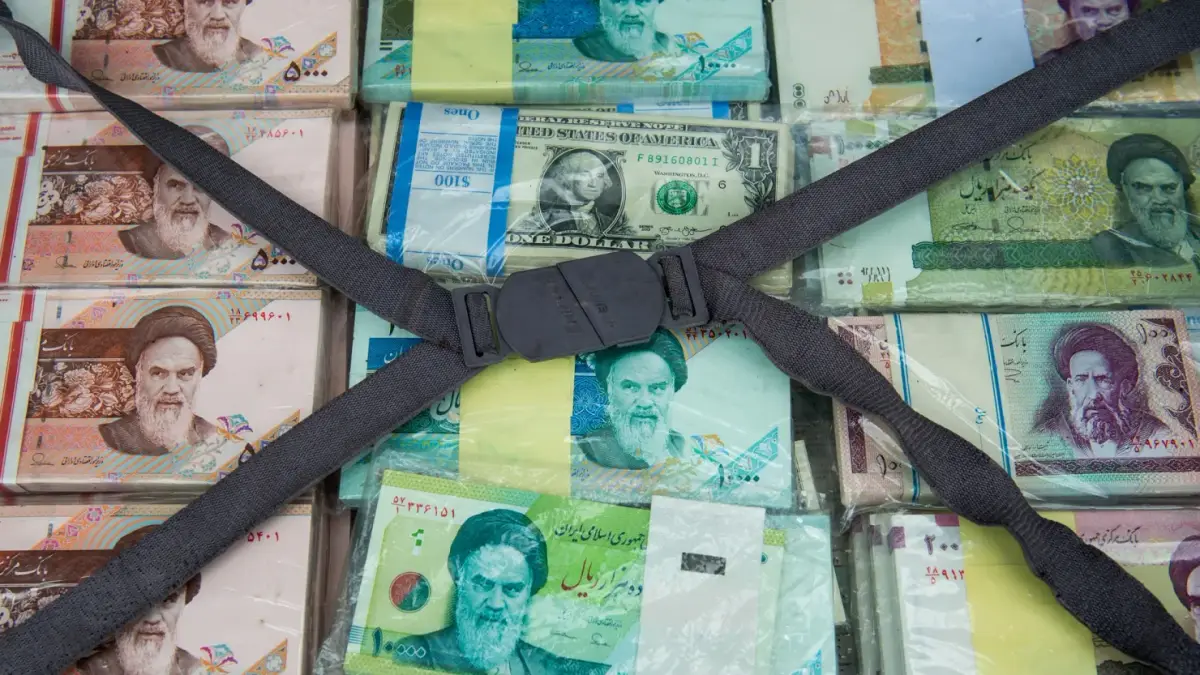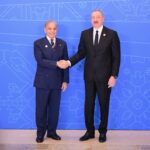Iran is confronting one of its most severe crises in years, as a collapsing currency and significant geopolitical losses undermine its position in the Middle East.
The Iranian rial hit a record low over the weekend, trading at 756,000 to the U.S. dollar, according to Reuters. The currency’s freefall reflects growing economic distress exacerbated by international sanctions, domestic mismanagement, and the mounting challenges faced by Tehran’s regional allies.
Geopolitical Setbacks
Iran’s influence in the Middle East suffered a major blow with the unexpected collapse of Syrian President Bashar al-Assad’s regime. Assad, a key ally of Tehran for over a decade, fled to Russia amid a swift rebel offensive, leaving Syria fractured and leaderless.
“The fall of Assad has existential implications for the Islamic Republic,” said Behnam ben Taleblu, a senior fellow at the Foundation for Defense of Democracies. “The regime spent well over a decade in treasure, blood, and reputation to save a regime which ultimately folded in less than two weeks.”
Iran’s proxies, including Hezbollah in Lebanon and Hamas in Palestine, have also faced significant setbacks. These developments have strained Tehran’s resources and diminished its strategic foothold in the region.
The rial’s collapse highlights the growing hardships faced by ordinary Iranians. Inflation and unemployment remain high, as Western sanctions—reimposed after former U.S. President Donald Trump withdrew from the Iran nuclear deal in 2018—continue to weigh heavily on the economy.
Economic mismanagement and corruption have compounded the situation, leaving many Iranians struggling to afford basic goods.
Amid these crises, Iranian President Masoud Pezeshkian has expressed willingness to negotiate a revival of the Joint Comprehensive Plan of Action (JCPOA), which offered sanctions relief in exchange for limits on Iran’s nuclear program.
However, such efforts face significant obstacles. The International Atomic Energy Agency (IAEA) reports that Iran is now enriching uranium to 60% purity, just shy of the weapons-grade level of 90%. This escalation complicates diplomatic efforts and raises concerns about the country’s nuclear ambitions.
Trump’s return to the U.S. presidency has further fueled uncertainty, with his administration pledging a hardline approach to Iran. The prospect of increased sanctions and international isolation looms large as Tehran navigates this period of unprecedented turmoil.
Iran’s dual crises—economic and geopolitical—pose existential challenges for the regime. As the rial continues to devalue and regional influence wanes, Tehran must grapple with growing domestic discontent and international scrutiny. The road ahead is fraught with uncertainty as Iran faces mounting pressure to stabilize its economy and redefine its role in a shifting Middle Eastern landscape.





